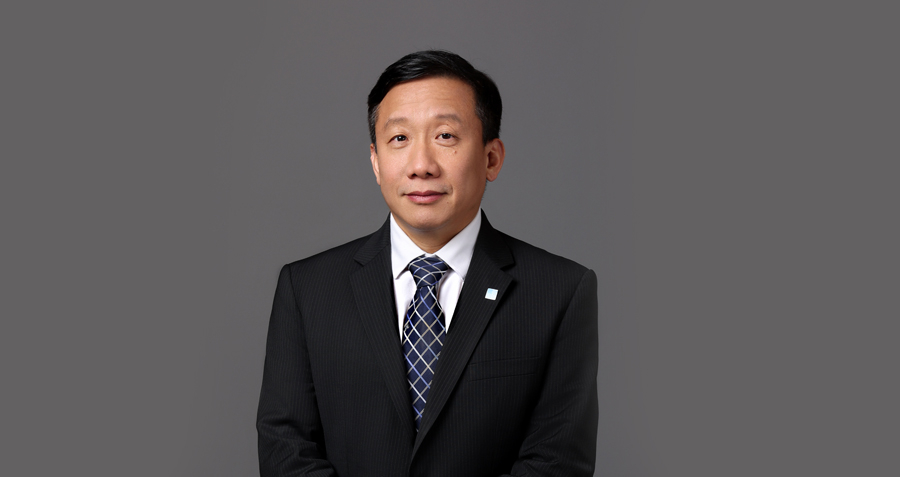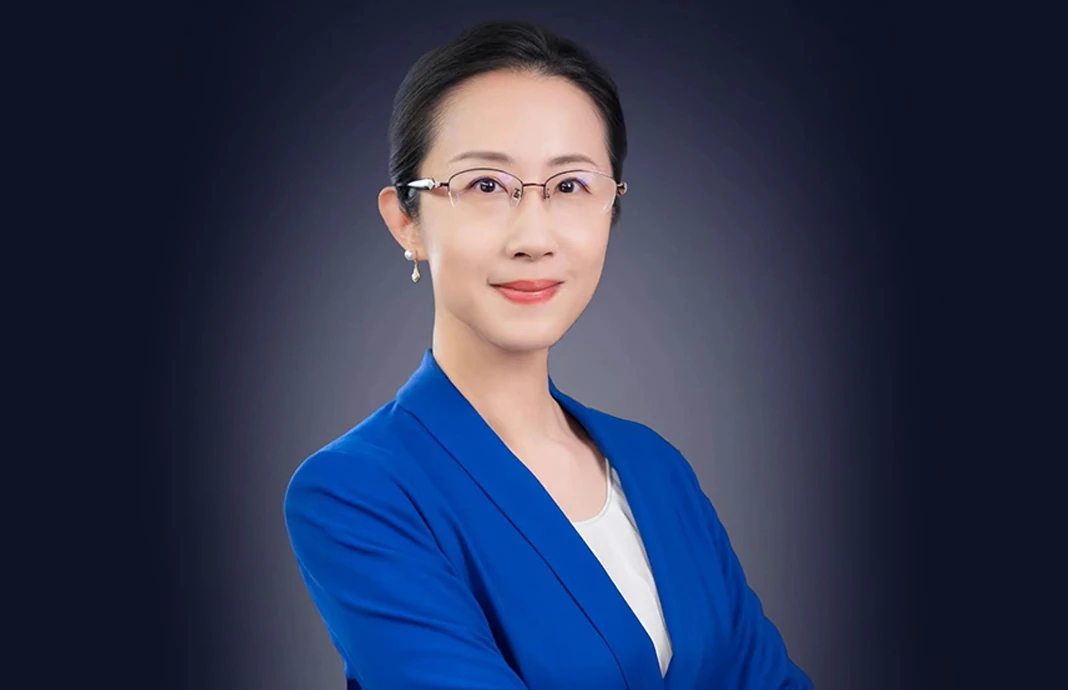Over the past decade, venture capital fueled the growth of hundreds of startups with valuations exceeding $1 billion. With the rise of ChatGPT, AI emerged as a leading sector, attracting over $50 billion in funding and creating 20 new unicorns in 2023.
In 2024, key drivers of unicorn creation are shifting, and global unicorn valuations have seen significant changes. Opinions vary across sectors as new developments unfold. In May, at the 2024 CKGSB Unicorn Summit in Shenzhen, themed “AI-driven future,” Professor Teng Bingsheng of CKGSB shared his insights on unicorn growth drivers in an interview with Caijing magazine. He discussed macroeconomic trends, the investment environment, and evolving business models.
Q: Innovation and startup are dramatically impacted by macro economy. How does it impact the development of unicorns?
Teng Bingsheng: As you know, the present economic environment has significant room for growth. Things didn’t turn around as hoped in 2023. From the trend in May 2024 onward, the outlook remains uncertain. And the economic headwinds may occur in start-up and venture capital sectors. Looking globally, we didn’t see much variation in the growth of the number of unicorns during the COVID-19 pandemic, but saw downturn after that. According to CB Insights, the global venture ecosystem experienced a sharp pullback in 2022. Up until now, things haven’t got better.
Q: What caused this sharp pullback?
Teng Bingsheng: Prior to 2022, the global environment at large was very optimistic, and the number of Chinese unicorns grew vigorously at a rate of 45%. During the period 2022-2023, the number of new unicorns dropped dramatically and even stopped growing. In the US, while 2022 was relatively stable, the number of new unicorns plummeted from hundreds to dozens in 2023. Similarly, the number of new unicorns in China grew at a double-digit rate a few years ago, but dropped to single digits in 2022 and 2023.
Behind this are intricate factors stemming from economics as well as geopolitical and decoupling effects. Stricter regulation such as anti-monopoly measures and new financing policies can also play a role. It has become for challenging for startups to cash out by selling to large companies. This affects the venture capital sector and puts direct pressure on innovative startups.
Q: At this turning point, things may not improve in the short-term. Is this also related to the disconnect between old and new technology dividends?
Teng Bingsheng: It can be understood as a transitional period, which is widely acknowledged in the venture capital sector. The dividend period of mobile internet has come to an end. We can find that the gameplay of storytelling, financing, paying for users, and going public overseas are no longer effective. In China, e-commerce and other related sectors used to be the birthplace of unicorns, but now changes are underway.
In a nutshell, the VC factory production line that fosters standard unicorns has shut down, and the VC ecosystem is constantly evolving. This presents a call to look for a new arena and model.
Q: Apart from the booming AI large language models, are there any other new arenas and models that are reliable?
Teng Bingsheng: The technology sector is the primary ground for nurturing unicorns. The development trend changes and new arenas come at an unprecedented rate. Particularly, AI, chips, new energy and firm services are thriving at the present stage. The US has also seen fast changes over the past few years. With the advent of ChatGPT, AI has become the leading sector. High-tech companies have achieved notable headways in investing in and nurturing unicorns. Microsoft, Google, Nvidia, and large Chinese tech firms have all achieved fruitful outcomes in 2023. However, there are now fewer high-quality projects available globally, making investments more challenging.
It merits note that the US and China have the largest number of unicorns. This achievement did not come easily for China; it is the result of years of efforts in technology and finance. Last year, I led a team to Italy, and heard from a professor that Italy only has two unicorn companies in luxury goods and food sectors.
Q: It is also argued that Chinese firms are good at scaling from one to ten, but few of them scale from zero to one.
Teng Bingsheng: Scaling from one to ten relies on years of resource accumulation and execution capability. I once asked an LLM leader based in China that I had seldom heard of an LLM before, but after the rollout of ChatGPT, we delivered at least ten LLMs just within several weeks. He explained that it’s like Magellan’s global voyage, proving that the earth is round, not flat. Existing fleets knew they could sail either west or east to reach India, leading to fierce competition.
The US and Chinese innovative companies still have a big gap in valuation in the AI world. We may have not developed as well in specific fields, which could be our late-mover advantage – or potentially a disadvantage. But Chinese firms respond quickly to bring together associated parties they had ties with for years into a competitive arena. In the AIGC ecosystem, for example, US firms primarily lead as driving forces, while many reinforcing firms are based in China, and a large group of participating small-sized firms engage in application innovation.
Q: Good opportunities are either rare or have high barriers of entry. Have there been any changes among investors? With the increasing difficulty of going from zero to one, does this mean the chances of creating unicorns is decreasing?
Teng Bingsheng: It’s undeniable that Chinese hot sectors are fast-changing. From new media, social platforms, mobile e-commerce, community group purchasing, to the sharing economy, there have been multiple iterations in recent years. In the past, business model innovation alone could drive rapid growth. But with overcapacity and a cooling capital market, the ecosystem for innovative firms is becoming more rational. Investors are becoming increasingly cautious, regardless of the sector’s popularity. This shift may lead to a trend towards “patient capital”, calling for the development of hard technologies. Only by solving technological issues can we see rapid growth in the market, sales and business models. And through hard technologies, China shore up its competitiveness globally.
This shift will bring about two repercussions: First, entrepreneurs with a strong academic background with experience in tech R&D will be favored. Second, “networking” will become increasingly important, where startups must integrate into the “small circles” of the industrial chain to find development opportunities more easily. Consequently, industry funds connecting upstream and downstream firms will play a more important role.
Returning to your question, establishing new platforms is not currently supported by the broader environment. New innovative firms are becoming more high-tech and smaller in size. Firms need to seek a zigzag pathway, choosing the right sector first, then improving technologies and business models. There is still potential for them to grow into “little giants” or unicorns. Wuhan Everfoton, for example, specializes in optical fiber and optical cable manufacturing. It jumped on the opportunity to develop third generation semiconductor materials, and was valued at RMB 15.2 billion within two years. It therefore got support from downstream clients like new energy automakers.
Firms need to seek a zigzag pathway, choosing the right sector first, then improving technologies and business models.
Q: You have just explained this from the perspective of cooperation between upstream and downstream firms. Do external capitalists have a strong interest in this new paradigm?
Teng Bingsheng: In the past three years, we saw a boom in investment activities related to new energy vehicles and the “new trio” (electric vehicles, lithium-ion batteries, and photovoltaic products). Chinese venture capital and capital flow are actually focused on substantial sectors and expect for returns within a few years. Some investors claim they can recoup their investment through dividends within five years. This view was quickly challenged, as it questions whether such investments can be called venture capital. In fact, few startups can repay investments through dividends.
This also suggests that there are fewer investable projects in China, forcing investors to focus on those with quick returns. But these cannot be defined as innovative investments since they are often related to consumption or and are not high-tech enough. This issue cannot be resolved in the short-term.
Q: There are fewer investable projects in the early period and it’s difficult to withdraw investment in the late period. That’s the dilemma of patient capital.
Teng Bingsheng: It merits note whether there are right mechanisms for investors to exit in the current market. On the one side, supervision of emerging sectors and overseas listings is getting stricter. On the other side, the Chinese market has seen a growing proportion of investors with state-owned assets and a declining proportion of foreign investors. Additionally, geopolitical factors and economic growth slowdown increase uncertainty.
In the past few years, unicorns have generally performed poorly after going public, often losing money, which greatly discourages investors. This in turn drives soonicorns to increase their technological capabilities, rather than being overvalued without real commercial viability. In the streamlining process, the total number of unicorns inevitably decreases as valuations shrink.
Q: In this context, how do you think of local governments aspiring to emulate the Hefei Model –the approach led by local governments to support and invest in high-tech industries?
Teng Bingsheng: Studying the growth trajectory of a unicorn, it takes over seven years on average from inception to exit (going public or being merged & acquired). In fact, only 0.1% of firms became “unicorns”. Industrial policies and combined with state-owned capital can propel the development of unicorns. In 2022, the ratio of state-owned capital investments stood at 15% of investments, and its influence is increasing.
Many local governments are stepping up their efforts to foster specialized, refined, featured and innovative “small giants” aligned with local industrial policies through supportive policies, government-led funds, state-owned VC organizations and targeted industries. However, the Hefei Model is not easy for local governments to emulate. It requires continuously exploring new investment fields and localizing industries. To truly exercise this dual approach requires exceptional expertise and optimal timing.






















